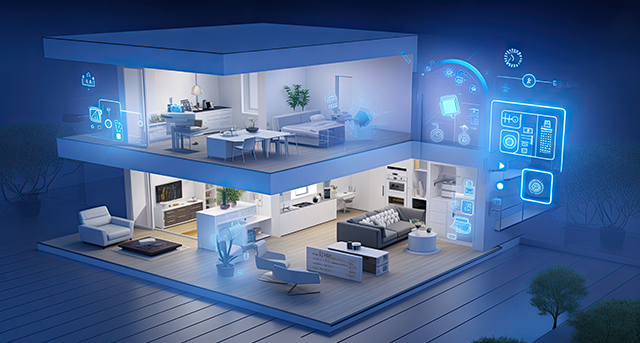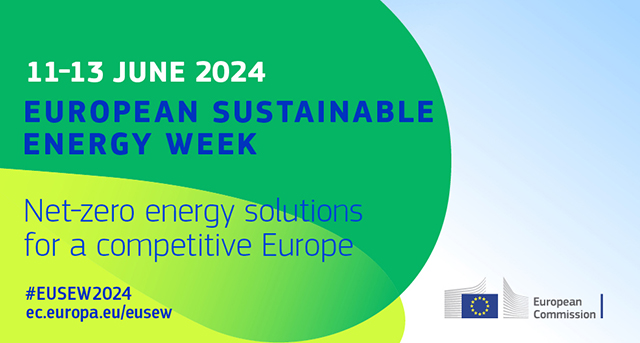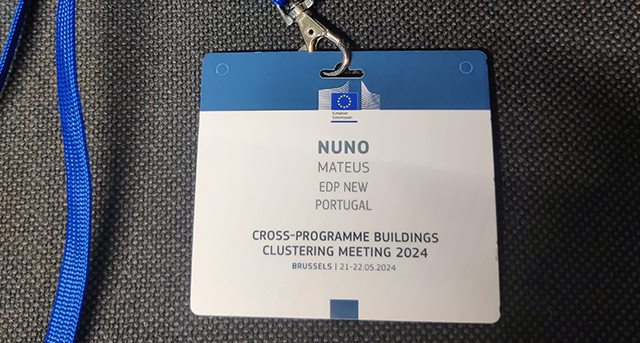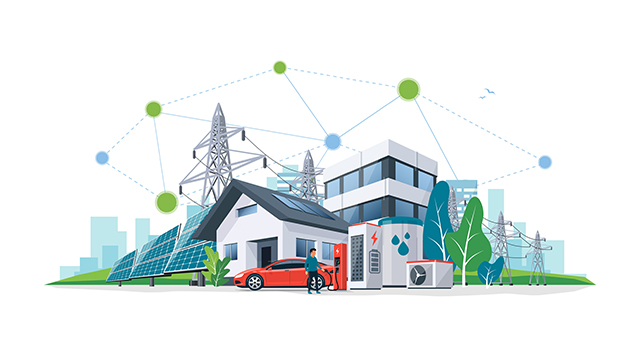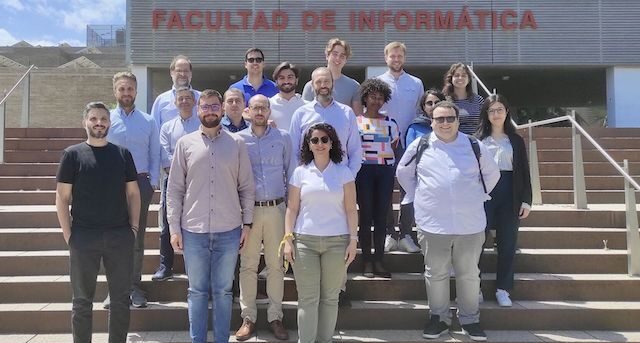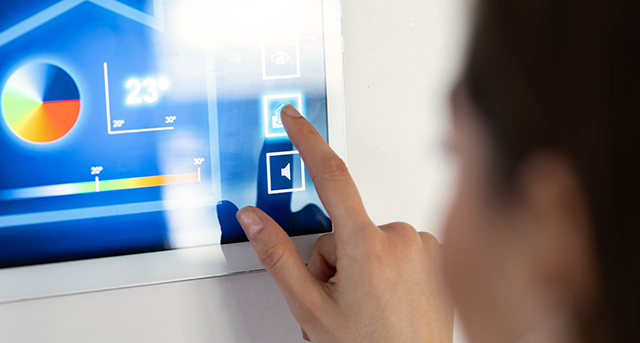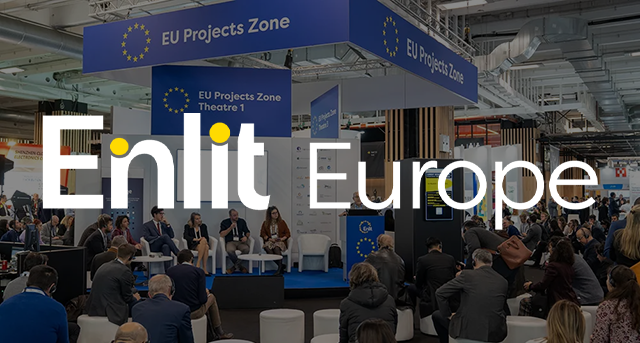Introducing Smart2B
Smartness to existing buildings
Smart2B is a project funded by the European Commission in the framework of the Horizon 2020 programme; Smart2B’s ambitious goal is to put citizens, building users and owners, and energy communities at the heart of the building energy transition. How?
Through the creation of a smart building system consisting of devices, a platform and services that will interact both with the building occupants and the grid in real-time, to improve energy efficiency and untap local flexibility.
This approach will transform the existing EU building stock into and interconnected active element of the energy system by upgrading to higher smartness levels the existing building equipment, individual buildings and entire building blocks.
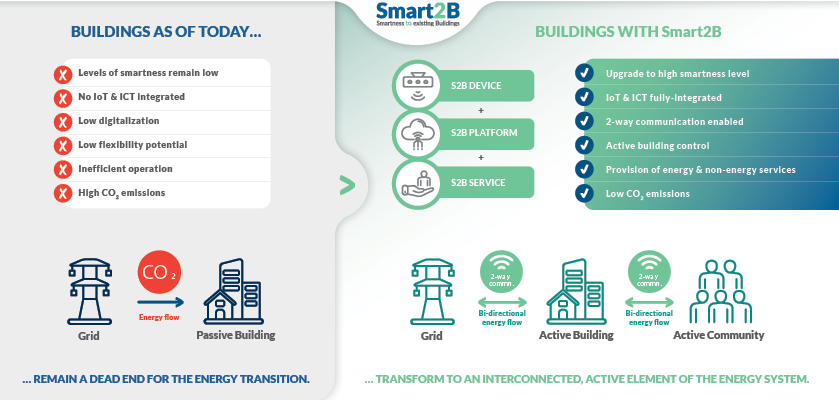
Introducing Smart2B
One project, many impacts
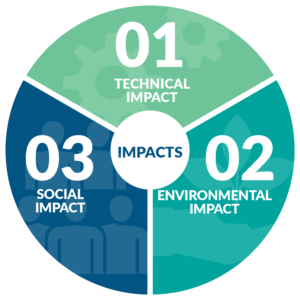
Technical impact: emerging ICT and IoT technologies provide new opportunities for smart building upgrades by digitalizing the existing building stock.
Environmental impact: demand-response can untap local flexibility potentials and thus help the EU to achieve 40% of its energy savings and GHG emission targets for 2030.
Social impact: Citizen Energy Communities (CECs) can engage citizens, promoting synergies that increase efficiency and provide aggregated flexibility.
Get to know Smart2B
Smart2B technological pillars
About Smart2B
Smart2B Partners
The consortium
Smart2B updates
Blog/News
Smart2B: a successful team and project
Last August 31st, with the conclusion of the last tasks, the Smart2B project officially came to an end. After three intense years, we are happy to consider the project a success: the work of the partn...
SCML promotion of environmental awareness through Smart2B
In the Smart2B context, Santa Casa da Misericórdia de Lisboa (SCML) promoted the involvement of children and young adults living in foster homes, instilling environmental awareness and knowledge about...
Semantic modeling applications in smart buildings
As the world becomes increasingly interconnected and digitized, the concept of “smart buildings” is gaining traction to improve energy efficiency, reduce operational costs and enhance the overall occu...
The experience of CERTH in Smart2B: a journey of innovations and challenges
The Centre for Research & Technology, Hellas (CERTH) has been a key participant in the Smart2B project, which aims to elevate the smartness of existing building equipment to higher levels. Our inv...
Smart2B at EUSEW 2024
The European Sustainable Energy Week (EUSEW) is the biggest annual event dedicated to renewables and efficient energy use in Europe and comprises a series of activities aimed at building a secure and ...
Smart2B at the Cross-Programme Buildings Clustering Meeting
Last 21-22 May 2024, Smart2B was represented at the 1st CINEA Cross-Programme Buildings Clustering Meeting that was held in Brussels. Smart2B was selected with other 45 projects and was presented in f...
VITO’s experience in Smart2B was full of surprises
VITO is Belgium’s main research institute in sustainability. In Smart2B, among other tasks, VITO has been leading work package four, tasked with the development of a SMART2B Services toolbox. VITO has...
Smart2B’s 5th General Assembly in Murcia, Spain
The Smart2B consortium met again, approximately six months after the last time, in Murcia, Spain, on 7-8 May 2024. The event, organized in a very effective way by OdinS, was an opportunity for the ...
RWTH Aachen University’s experience in the Smart2B project
As a leading institution at the forefront of research and development, RWTH Aachen University has actively engaged in diverse Smart2B work packages, providing multifaceted insights into the project fr...
ENLIT EUROPE 2023 was a great showcase for Smart2B
At the end of November, Smart2B participated for the second consecutive year in ENLIT, an end-to-end forum spanning every aspect of the energy agenda. This year the event was held in Paris, France. ...

















